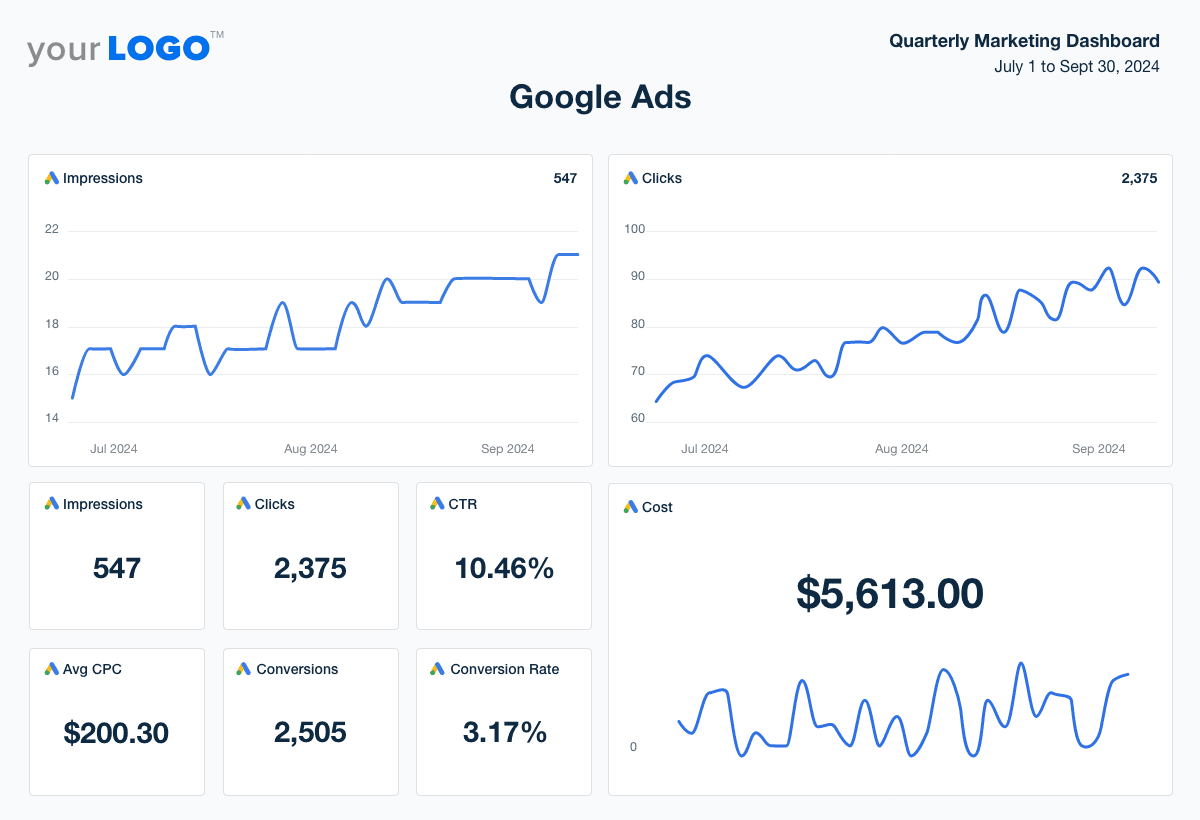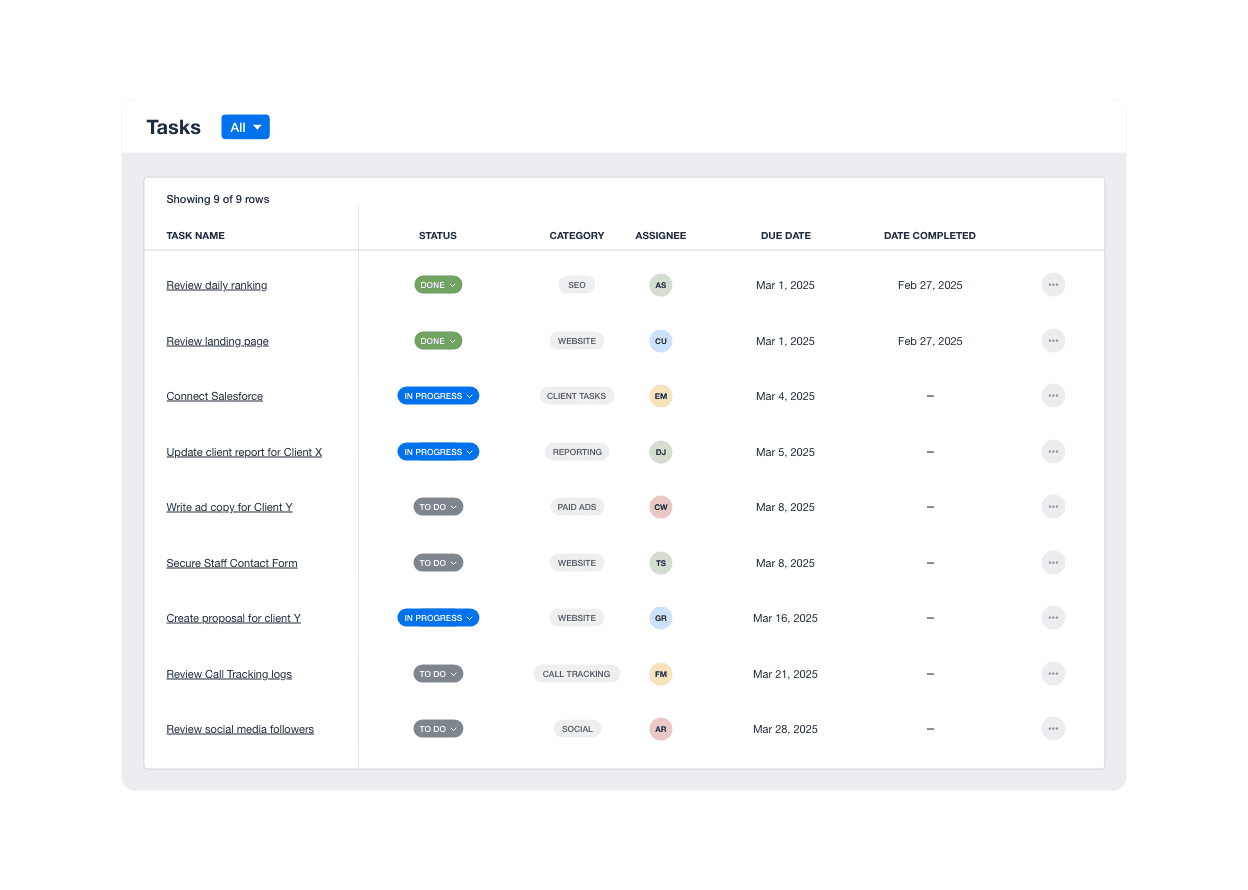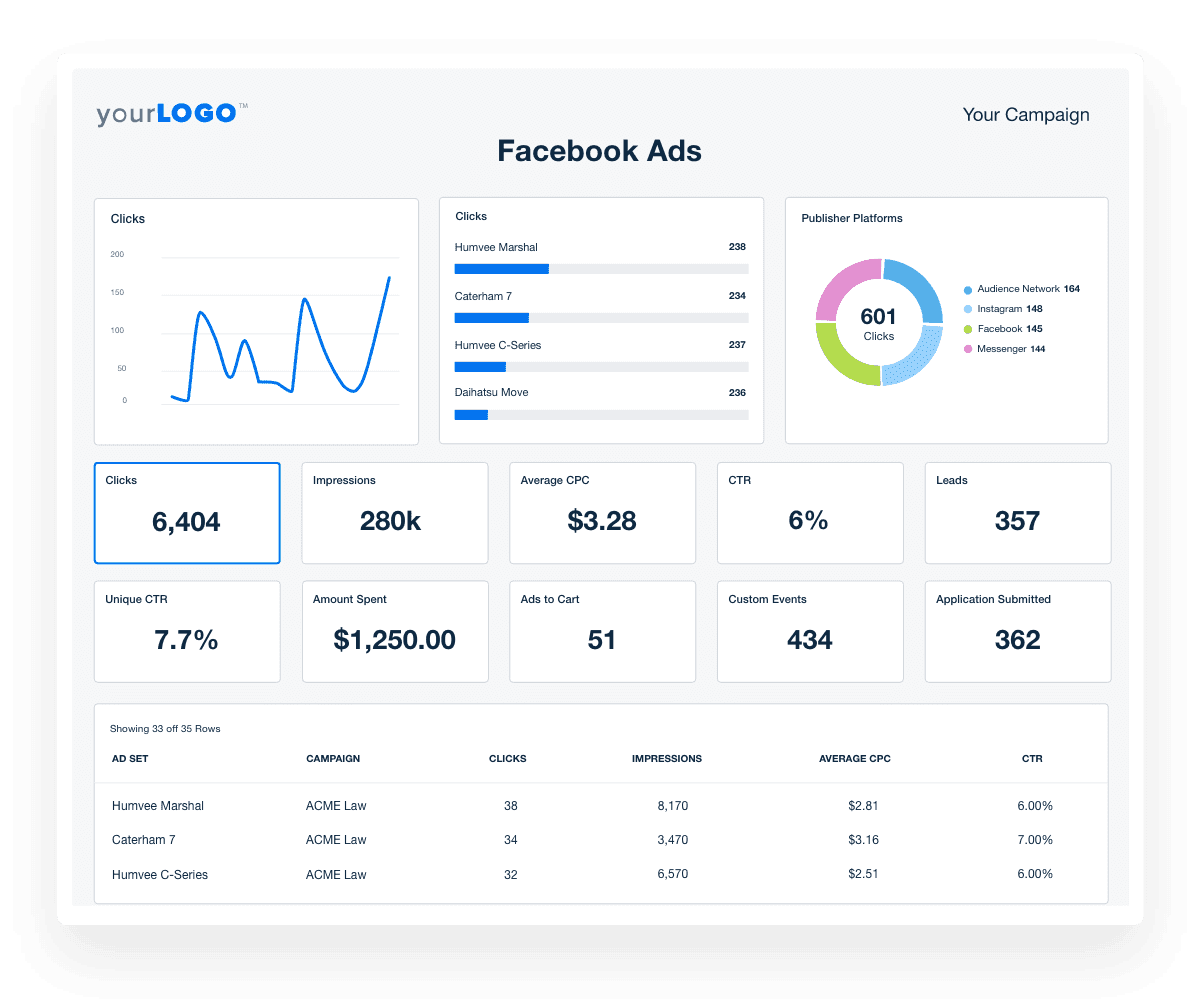Table of Contents
QUICK SUMMARY:
A Segmentation and Positioning Strategy refines marketing efforts by dividing an audience into distinct groups and aligning messaging with their needs. In this article, David Matcalf from Distl details how segmentation, targeting, and positioning improve engagement, conversion rates, and brand loyalty. Learn practical steps and real-world examples of STP strategy execution for better campaign performance.
As marketers, we understand that treating every potential customer the same is conversion rate suicide. While ad creative featuring Taylor Swift might heavily influence a Californian teenage girl, it’s unlikely to have the same impact on a grandfather in Kenya. Their motives, desires, background, and context will likely be radically different.
Whether it’s our personal or professional lives, we all yearn to be understood. To hear our name, to be acknowledged, appreciated, and recognized fulfills a deep need for validation. This need has increasingly spilled into the psychology of marketing to the point where personalization is no longer a nice to have.
When campaigns are effectively personalized and targeted, they almost feel like they are speaking directly to us–gently and naturally taking our hand and leading us toward a product or service that feels like we just need to have it. We don’t feel sold to, coerced, or misled. We feel genuinely grateful this advertisement found us.
It’s no wonder then, that a well-developed Segmentation, Targeting, and Positioning strategy (STP strategy) will not only build brand loyalty but improve your agency’s conversion and engagement rates.
Today, I’m going to share some tips about STP and outline what this looks like in practice at my agency, Distl.
What is an STP Strategy?
Strategies to hit a broad market can only take you so far. The most effective marketing efforts are born from a clear understanding of what unique benefits a product or service offers to its target audience. STP marketing strategy is an impactful framework for tailoring a marketing campaign to align the products or services with the most relevant and specific audience segments, based on these benefits.
The three aspects of an STP Marketing Strategy are:
Segmentation
The first step is to build audience segments based on common characteristics. These might include demographics (age, gender, job, marital status, geographic segmentation, etc.), behavior (habits, channel preferences, brand loyalties, etc.), psychographics (personality traits, values, etc.), or interests (hobbies, non-work activities, entertainment preferences, etc.).
Market segmentation depends on having a clear understanding of who the target audience is–market research is key. Whether you’re trying to generate more B2B leads or maybe reach a B2C business, it’s important to remember that you’re dealing with people first. Decisions are made by humans, not businesses. Humans are driven by emotions and feelings, so it’s important to treat them as such.
Analyzing the customer base your clients have done business with in the past, as well as those they’d like to engage in the future, will help your agency build out focus segments on the right foundation.
Learn how to define your ideal client profile with this template to get you started.
Targeting
With the audience now segmented, you’ll need to determine which segments have the most potential to meet the objectives of your marketing efforts. This will require some critical thinking to have the confidence that each will offer enough opportunity to proceed with.
Some questions to consider are:
Which segments represent the strongest profit potential?
Are the targets unique enough to warrant their own segment?
Is the segment large enough to align with your client’s objectives?
Does the product or service offer a USP that will genuinely appeal to each segment?
Are you able to meet the needs of each segment?
You’re now looking to rule out low-value segments and focus on those with the greatest opportunity.
It might feel like the market has an overabundance of valuable target segments, none of which you want to rule out. Don’t fall into the trap of choosing too many targets as you may dilute your bandwidth to the point that you don’t succeed with any.

Speed up your client reporting time with the Google Ads report template. It pulls all of the top metrics and allows you to combine from over 80 other marketing platforms to give your clients their full marketing picture. Start your 14-day free trial today.
Positioning
Everything up until now can be viewed as preparation for the positioning phase. In short, a positioning strategy is about identifying and communicating the unique benefits your client’s product or service offers to the specific target market segment.
Perhaps you’ve already worked on developing your client’s Unique Selling Proposition (USP). Typically, a USP is done on an overarching business or product level and represents the specific, memorable, and valuable benefit your client’s product or service provides the audience. It’s what makes them different and preferable to what is offered by any of their competitors.
When developing positioning within your STP Strategy, it’s important to zoom into the specific segment/s you’re targeting, and tailor marketing communications to speak to their needs.
Give some thought to the specific pain points of each target audience and how your client’s product or service will address them. Don’t fall back into generic, one-size-fits-all type benefits. Rather, try and uncover what your client offers that will be uniquely valuable to the specific target segment you are trying to reach.
The Challenges of Implementing an STP Strategy
Building out an STP marketing strategy is not a simple exercise, and in our experience, it’s not suitable for lower-budget campaigns. The time taken to analyze and segment an audience is significant and can’t usually be done with just data.
While digital tools such as Google Ads Keyword Planner, website visitor data, Google Analytics, and the like can help identify trends in customer data, we’ve found the most meaningful insights have come from interviewing key client staff who have direct contact with their customers. We’ll ask a range of questions designed to identify common audience themes and better understand how we can segment and target specific audience groups.
Another challenge we’ve faced is bringing the different skill sets of our digital marketing and brand teams together for the perfect marketing mix.
While the digital specialists tend to think in a data-focused manner, our brand team tackles problems with more of a creative, messaging focus. They speak natively in terms of USPs, differentiators, tone of voice, and brand positioning–attributes less common in the digital marketing world. Effective use of the STP process requires bringing the teams together for a consolidated view of each of these insights.
Another challenge we’ve seen is that in the fast-moving digital marketing world, proving the performance of an STP strategy can seem comparatively time-consuming.
When launching a Google Ads or Meta campaign, we’re typically looking at time frames of a few weeks to get to market, whereas a fully formed STP strategy requires many more steps–meaning we could be looking at a couple of months before we’re in the market.

Assign tasks, track progress, and collaborate effortlessly—all in one platform. Keep your team aligned and focused while delivering results that showcase your agency’s value. Try it free for 14 days.
STP in Action
To expand further on what this all looks like in practice, let’s take a look at a few real-life examples from our clients at Distl.
STP Strategy Example: New Home Broker
One of our clients provides home loan and building broking services in Western Australia. They differentiate themselves by maintaining independence from builders or lending institutions, allowing them to advocate for their clients' best outcomes.
Home Broker Segment
In order to deliver on this point of difference, their business model requires that they deeply understand the needs and motives of their clients so that they can provide the most relevant, nuanced advice and guidance.
Naturally, we believed that their marketing should align with this same thinking, so we started our engagement with a workshop alongside the client’s key stakeholders. We discovered several clearly segmented audience groups that we used as the basis for differentiated targeting and messaging.
The first and most obvious was their strength and experience in servicing the needs of first-home buyers. This audience segment possessed some fundamental shared characteristics - they are typically younger with limited savings, budget conscious, lacking real estate experience, technically savvy, prone to, and keener on the certainty of fixed-rate mortgages.
FIFO Segment
Our agency Distl is based in Western Australia, a state whose economy is heavily driven by the mining and energy sectors. This has resulted in a significant sector of the home buying market being driven by Fly-In Fly-Out (FIFO) workers who have different motives than a typical first home buyer.
While in some ways they are similar to typical first home buyers, FIFO workers are generally higher earners with a sizable deposit and a greater investment focus. Their lifestyle leads them to often purchase low maintenance homes with the potential to be rented out.
How We Targeted These Segments
As anyone who’s worked in the property sector will know, there’s always a heavy focus on hitting lofty lead generation goals. Our client was no different. They were scaling fast, and their sales team was reliant on us reaching their goals every month.
We ran Meta and Google campaigns and found that breaking down their overarching audience into granular segments gave us accurate conversion rates and ROAS insights into each segment. By doing this, we could provide the client with clearer expectations and confidence about what to expect.
Over time, we learned more about how each segment responded to our targeted creative and were able to refine and adapt to those findings.
Starting with an STP strategy gave us a clear foundation for building a more nuanced campaign structure, which ultimately led to us achieving the client's lead generation targets.
STP Strategy Example: Lithium Battery Supplier
Another client we work with is a manufacturer of lithium batteries for the Australian consumer market. Because their products relate to a diverse range of target customers, a one-size-fits-all approach to their marketing campaigns would be unlikely to closely connect to their deeper needs.
Our brand team undertook a brand strategy design to uncover their overarching business goals, their audience needs, and the value their brand unlocked for them.
This led to a realignment of their brand identity and value proposition, segmentation of their top audience categories via a product positioning map, and the writing of marketing messages that addressed the pain points the customer segments were experiencing.
Family Camping Enthusiasts
Many Australian families are passionate about discovering the immense camping landscape on offer. From vast, dry deserts to rainforests and beaches there are so many diverse experiences to be had. Whilst workshopping this segment with our client we learned that there is a range of common expectations that family campers specifically look for.
Adjectives like reliability, safety, adaptability, and comfort repeatedly came up. This led us to understand that parents making purchasing decisions on behalf of their families would be motivated by messaging that allayed safety fears and provided confidence that their family's needs would be addressed by purchasing our client’s product.
Tradie Segment
A prevalent purchasing segment for our client is the tradesperson, or ‘Tradie’ as they are colloquially known in Australia. These people are typically younger, tech-savvy, effective researchers, and motivated by early adoption of the latest products. They frequently camp solo or with a mate, take shorter trips, and live more on the thrill-seeking side of life.
These consumer needs are clearly in contrast to those of the family camping enthusiast and show the importance of understanding the psychographic segmentation of each customer base.
How We Targeted These Segments
Armed with the findings of our segmentation and positioning work, we were equipped with the tools to execute the positioning stage of our STP Strategy.
In our business, this required collaboration between our brand team, who developed a suite of key messages, ad copy and creative that targeted the unique needs of the specific audience groups. From this, our digital team set about creating Google and Meta Ads that demographically target specific segments with highly targeted ads.
While front-loading our work with an STP Strategy required a lot more effort, it resulted in stronger-than-expected conversion rates and ROAS.

Get real-time insights to improve ROI and make data-driven decisions faster. Start your 14-day free trial today to simplify your agency’s Facebook Ads reporting.
Is a Segmentation and Positioning Strategy Right For You?
Despite its key benefit, I certainly wouldn't recommend an STP model for every marketing campaign. Many of the campaigns we work on at Distl either don't have the budget or the audience sophistication to warrant the time and expense required to deploy an STP marketing model.
That said, I do believe every campaign should be driven by a successful marketing strategy that is proportionate to its agreed objectives, growth potential and investment.
We've seen many cases where clients are just looking to see some quick results in their digital marketing reports and build trust with our agency. Once we've achieved this, introducing the potential of a fully fledged STP marketing model may be what you need to take the campaign results to the next level.

Written by
David Metcalf is the Founder and Managing Director of Distl, a full-service agency based in Perth, Australia. He leads a team of 30+ locals focussed on building unstoppable brands through a recipe of strategy, branding, web, and marketing developed over almost 30 years.
See how 7,000+ marketing agencies help clients win
Free 14-day trial. No credit card required.






